13 fascinating facts about Glacier National Park
You’ll be planning your next Rocky Mountain adventure before you’ve finished reading these 13 fascinating Glacier National Park facts
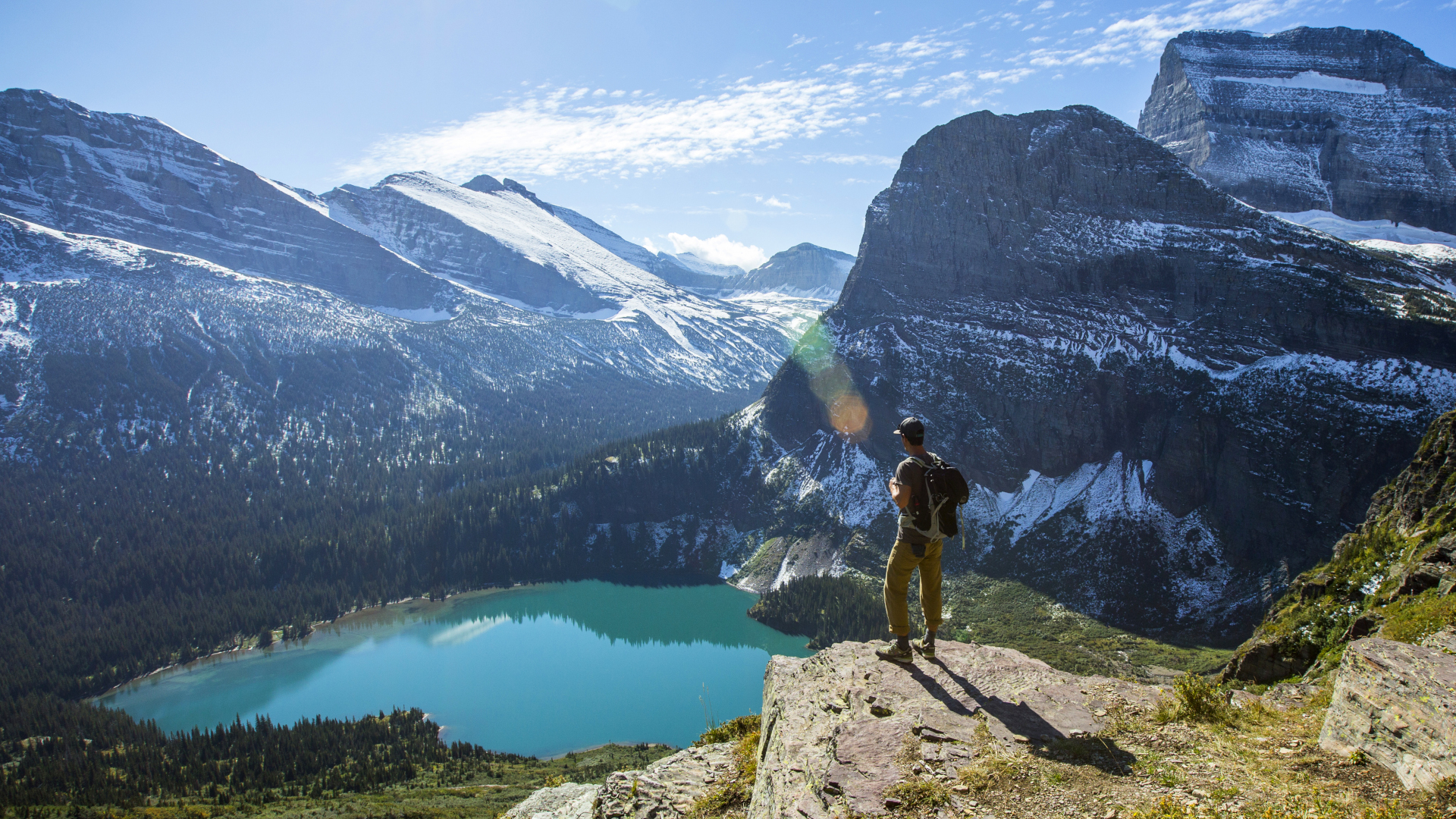
Naturalist John Muir said that spending a month in Glacier National Park will indefinitely lengthen your life "and make you truly immortal". Set in Montana’s Rocky Mountains all the way up at the northern border, and surrounded on all sides by National Forests, Indian reservations, and Canada’s Waterton National Park, Glacier National Park is an absolute paradise for anyone seeking solitude in the wilderness. Whether you’re planning a trip there and are looking for tantalizing tidbits to impress your family with on the journey, or you just love learning more about America’s amazing National Parks, our 13 Glacier National Park facts have got you covered.
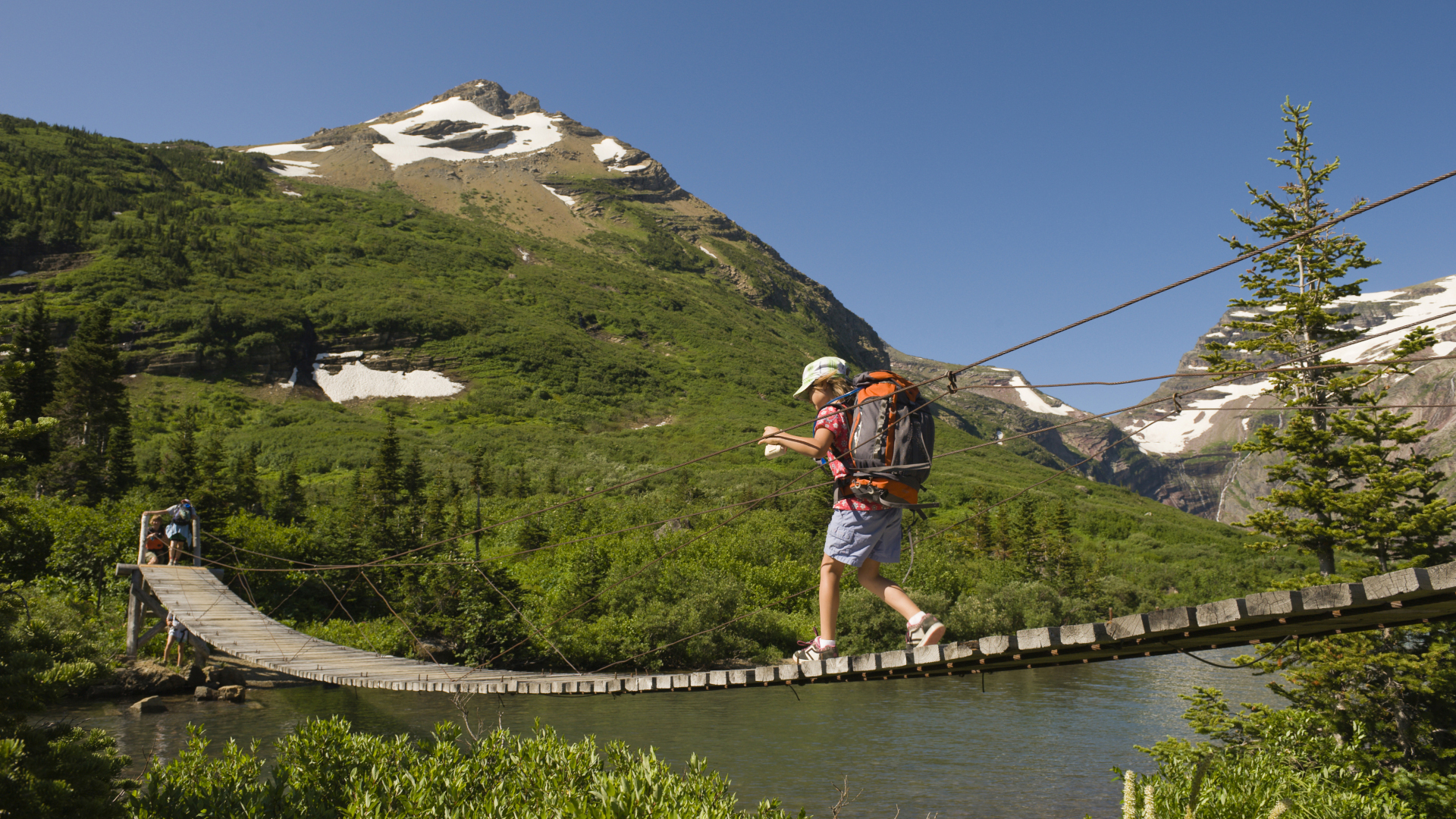
1. It’s America’s eighth National Park
Designated a National Park back in 1910 by President Taft, Glacier became the country’s eighth national park. A couple of months later, the The Great Fire of 1910 destroyed several towns in the state. Its designation followed the protection of Colorado’s Mesa Verda in 1906, and there wouldn’t be another National Park formed until Rocky Mountain National Park in 1915.
2. It’s big
Covering 1,012,837 acres, Glacier is bigger than Rhode Island and the 12th biggest US National Park, about the size of Great Smoky Mountains and North Cascades combined.
3. It’s frozen, for now
Despite its name, Glacier doesn’t have as many glaciers as North Cascades over in Washington, but it does have at least 35 named glaciers and 26 active glaciers – sadly, that’s down from over 100 when the park first opened. The largest glacier in the park is Black Foot Glacier which is 0.7 square miles. If you want to enjoy the glaciers here, hurry!
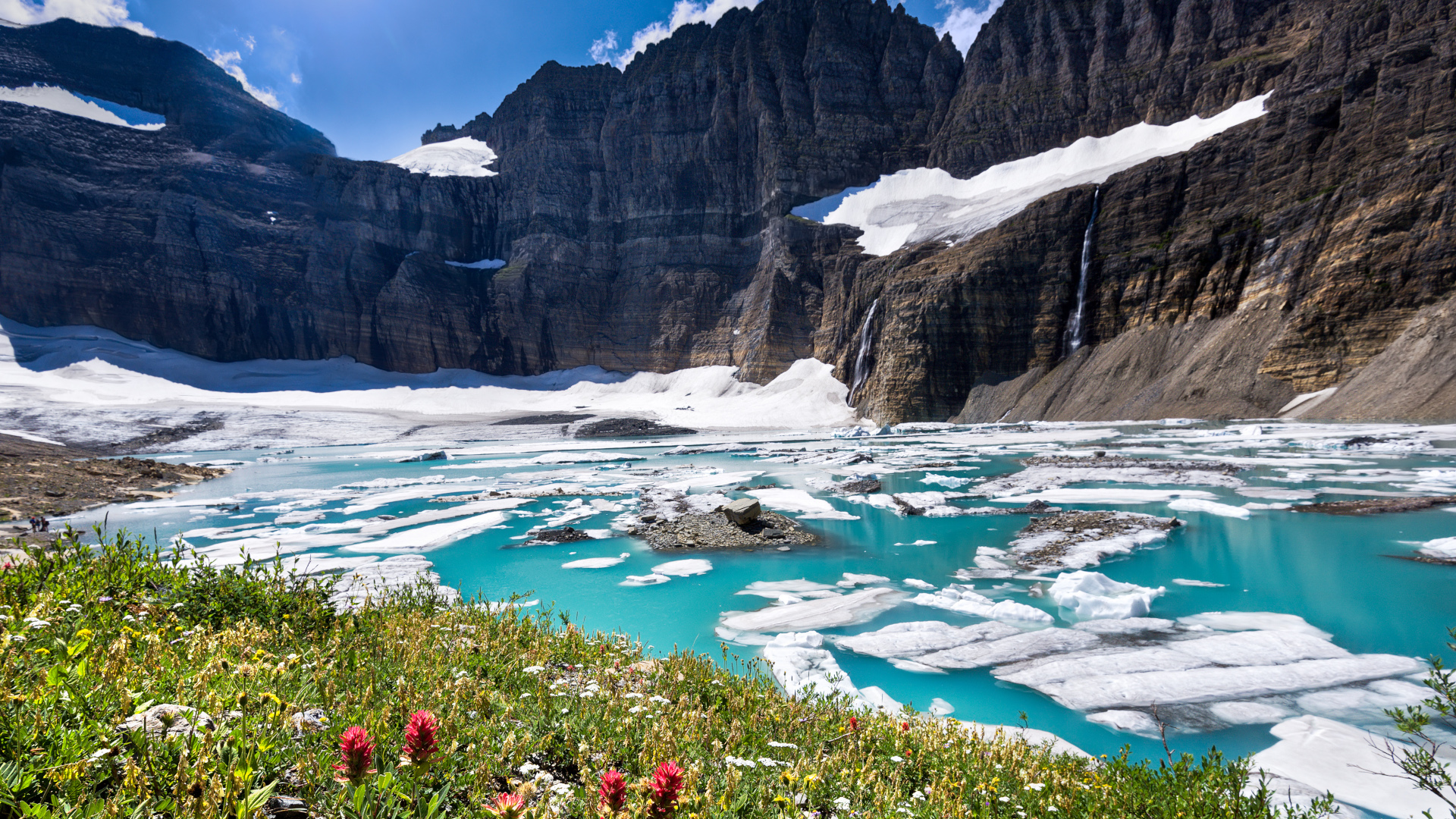
4. It’s wild
Glacier is noted for its largely untouched wilderness and considered the centerpiece of “The Crown of the Continent Ecosystem”. The park has few roads except for the famous 53-mile Going-to-the-Sun Road, which bisects the park and protects more than 150 peaks of the Rocky Mountains, hundreds of species of animals, more than 1,000 species of plants and over 750 lakes.
5. It crosses the Continental Divide
Glacier straddles the Continental Divide, the point from where all water flows either east to the Atlantic or west to the Pacific oceans. This allows for extreme weather conditions – the temperature in the park has been known to drop 100°F in a single day. There are lots of scenic points in the US where you can cross the Divide, but Going-to-the-Sun Road provides one of the most striking, crossing at the 6,646ft Logan Pass.
6. You can visit it by train
Glacier National Park is one of the few parks you can reach directly by train. There are two train stops at either side of the park that are served by the Empire Builder line which runs between Chicago and Washington State. Trains leave Chicago six days a week in the summer and arrive in the park nearly 30 hours later, while the journey from Seattle takes about half that long. The Empire Builder line also stops in St Paul/Minneapolis, Portland and Spokane, the latter of which is a mere seven hours of chugging along the track.
Advnture Newsletter
All the latest inspiration, tips and guides to help you plan your next Advnture!
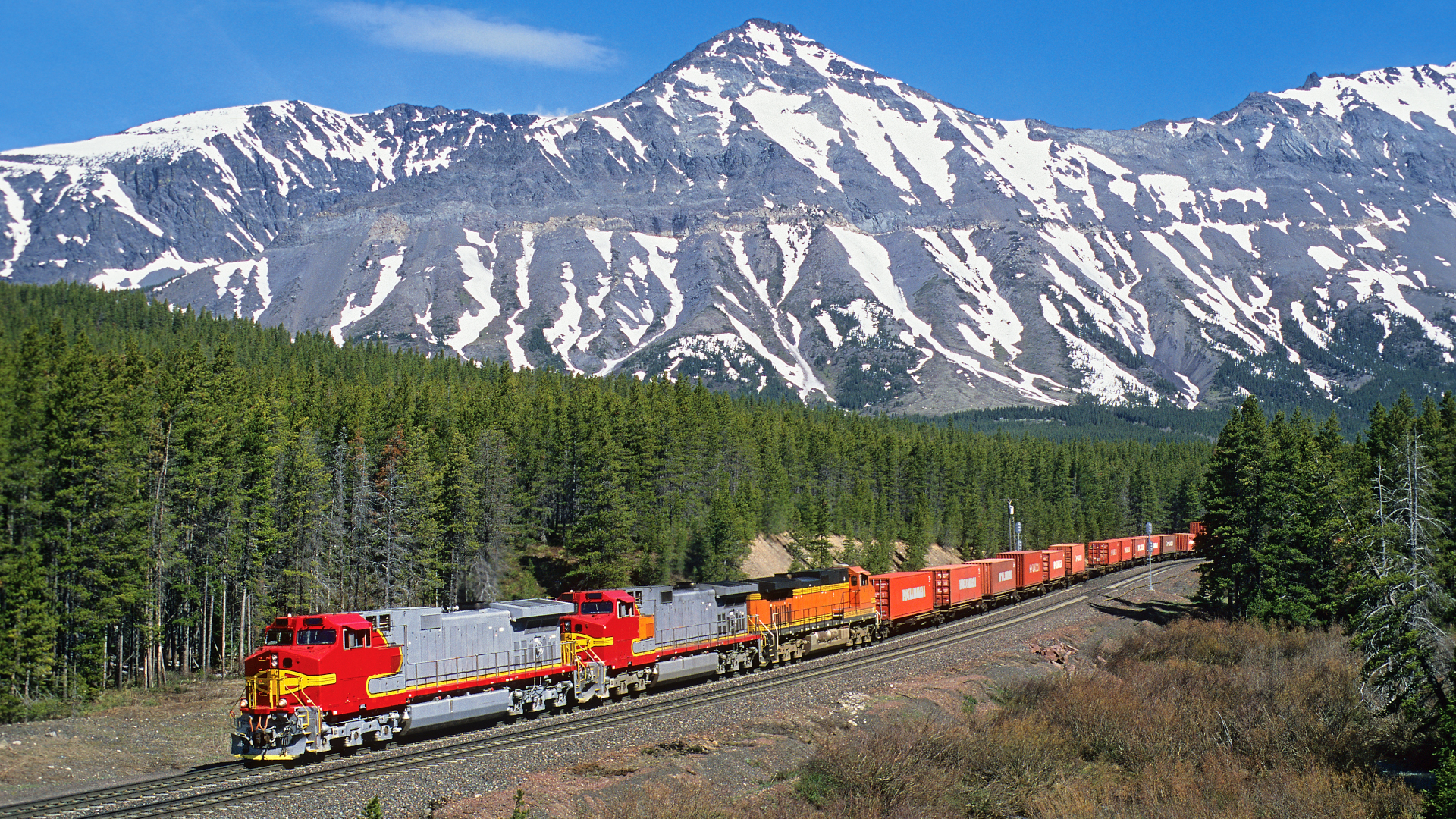
7. Humans have roamed these lands for millennia
There’s evidence of human activity in the land that now makes up Glacier going back 10,000 years. The earliest occupants were the Salish, Kootenai, Shoshone, and Cheyenne tribes, some of which still lived on the land along with the Blackfeet tribe when Western settlers arrived. The native people ceded their territory under pressure in 1895. Today, the Blackfeet Indian Reservation shares Glacier’s eastern border, and is home to the largest tribe in Montana. On your visit to the park, be sure to take in a talk from a local tribal member about the area.
8. It’s home to 71 species of mammals
Wildlife viewing is a great reason to visit Glacier! Mammals of all shapes and sizes call this land home, from the tiny pygmy shrew to the mighty moose, and don’t forget about bears, mountain lions and wolverines.
9. It’s incredible for hiking
Pack your hiking boots – with 700 miles of hiking trails including 110 miles of the Continental Divide Trail, Glacier is a hiker’s heaven. The best hikes in Glacier National Park take you through glacier carved valleys and rugged peaks, to pristine lakes and forests with wildlife viewing from grizzly bears to mountain goats. Summer is the best time to visit.
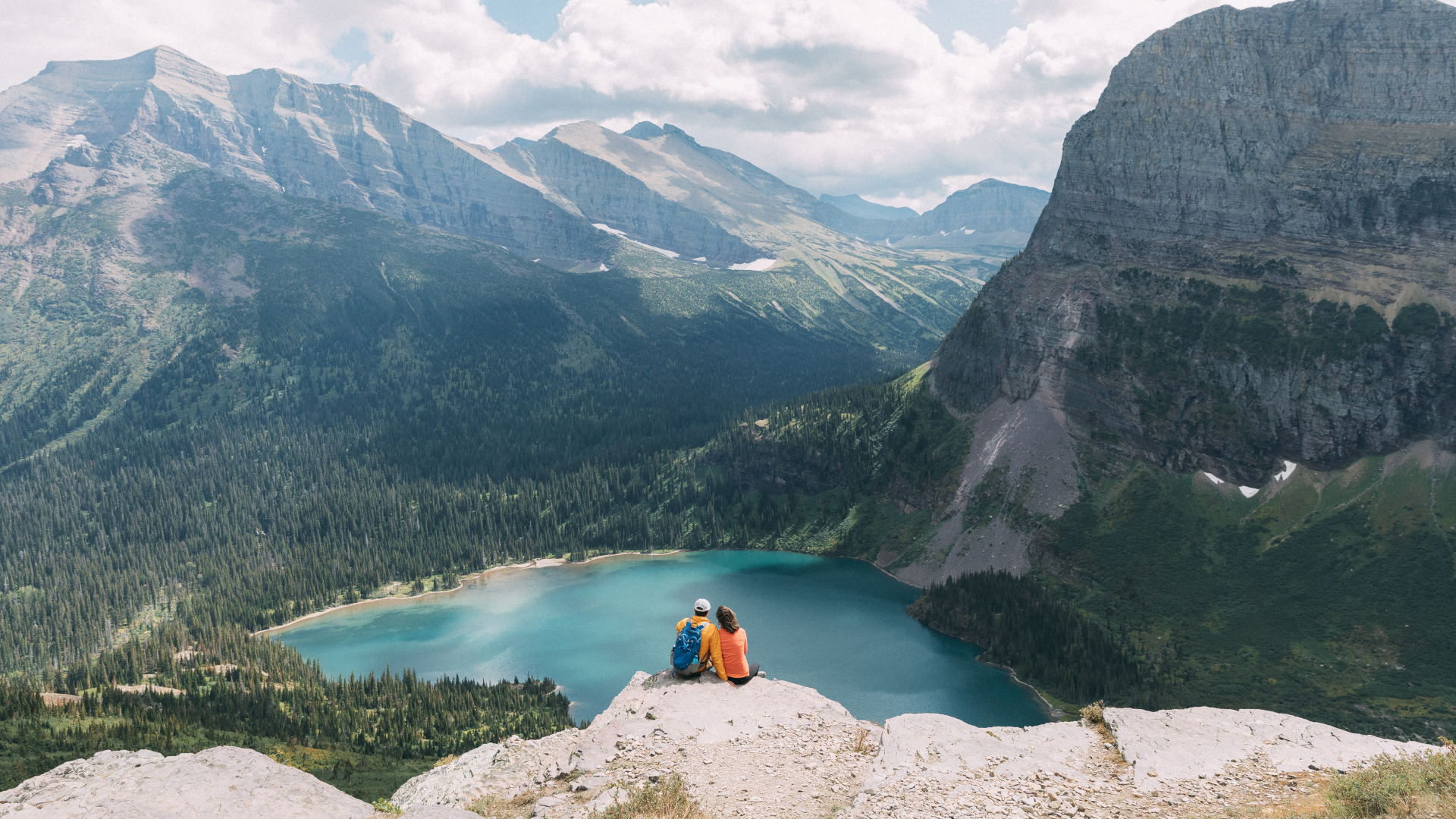
10. It’s an International Dark Sky Park
Glacier is considered one of the best parks in the US for stargazing. Its remote location and distance from any major population centers (the closest is Seattle, 550 miles away) mean that there’s no interruption from light pollution, and you can (very) occasionally even see the Northern Lights so bring your binoculars.
11. It’s snowy
Glacier sees about 13 feet of snow every year, which means that many of the Park’s services are only available in the summer months, and Going-to-the-Sun Road is only open for about three months a year, however the park is open year-round and you can cross country ski in some spots.
12. And smoky…
Though it’s largely inaccessible for much of the winter due to snowy conditions, summer brings devastating wildfires to the park. Though these fires can make it difficult to visit, many native species of plants and animals actually need the fires to help replenish the soil they rely on with nutrients and to clear areas and allow grasses and smaller plants to grow.
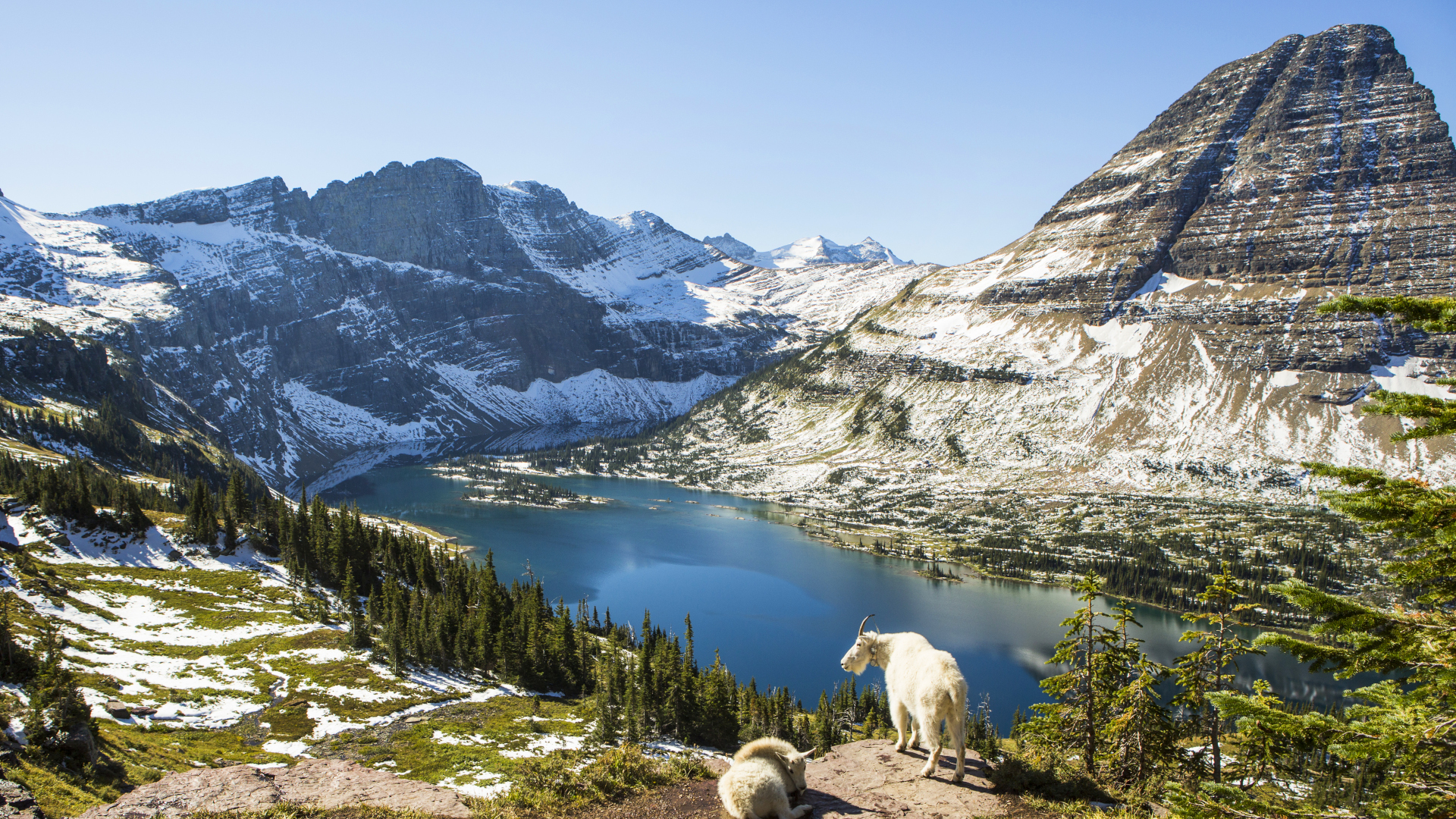
13. It’s been on the big screen
With such a spectacular landscape, it should come as no surprise that Glacier has made cameos in lots of famous movies, including the opening of The Shining, Forrest Gump’s long run, and The Chronicles of Narnia.
- Best hiking boots: the toughest footwear for all adventurers
Julia Clarke is a staff writer for Advnture.com and the author of the book Restorative Yoga for Beginners. She loves to explore mountains on foot, bike, skis and belay and then recover on the the yoga mat. Julia graduated with a degree in journalism in 2004 and spent eight years working as a radio presenter in Kansas City, Vermont, Boston and New York City before discovering the joys of the Rocky Mountains. She then detoured west to Colorado and enjoyed 11 years teaching yoga in Vail before returning to her hometown of Glasgow, Scotland in 2020 to focus on family and writing.

